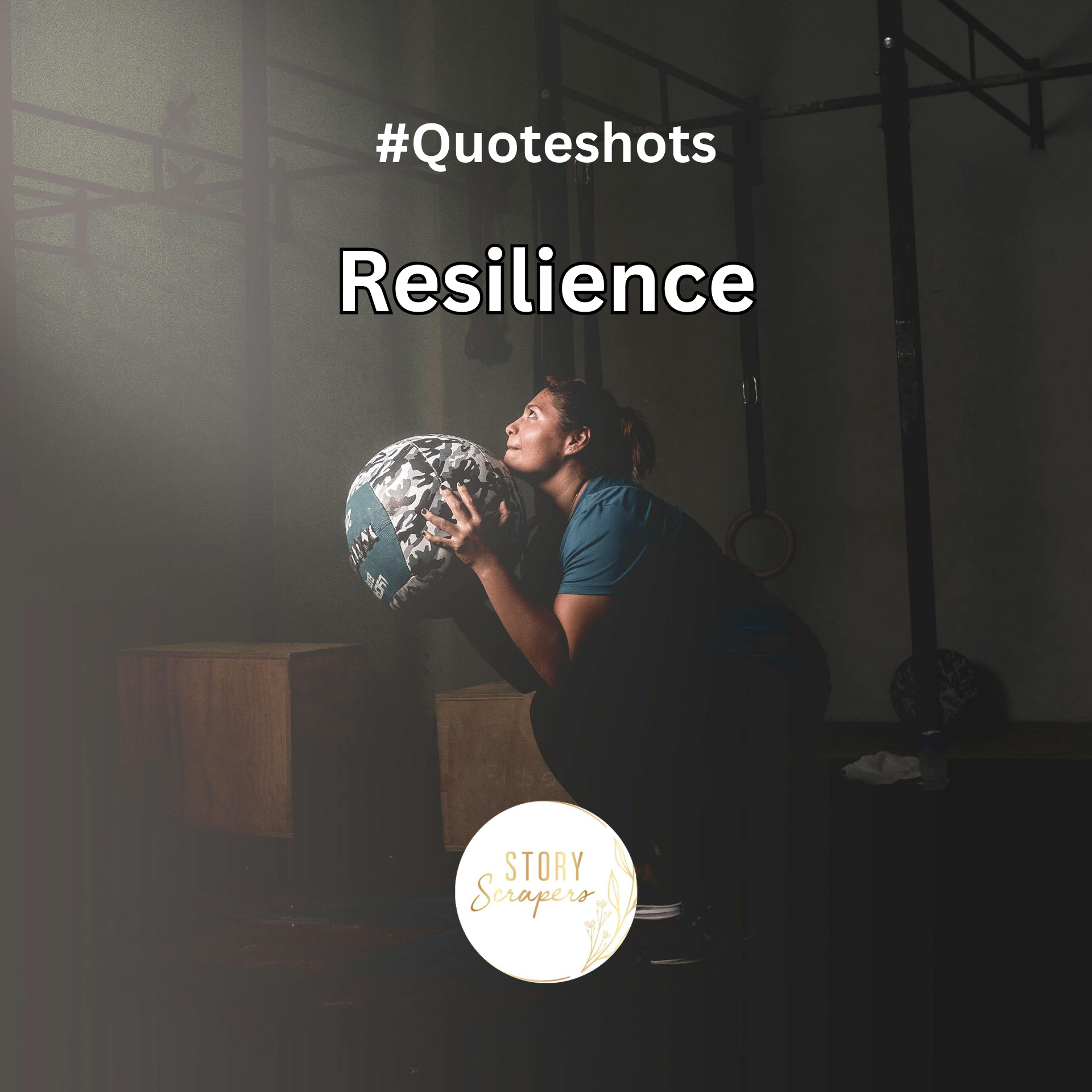In a world constantly chasing achievements, accumulating wealth, and striving for perfection, the pursuit of happiness has become more urgent than ever. But this raises a compelling question: Can happiness truly be taught? Is it a state of being we are born with, or a skill that can be cultivated over time?
The Nature of Happiness
Happiness is often misunderstood as a fleeting emotion, dependent on external circumstances—a promotion at work, a holiday abroad, or even an indulgent dessert. However, psychologists and philosophers alike argue that happiness is more of a stable, internal state—an ongoing sense of contentment and purpose.
According to Sonja Lyubomirsky, a prominent positive psychologist, approximately 50% of our happiness is determined by genetics, 10% by life circumstances, and a whopping 40% by intentional activity. This suggests that nearly half of our happiness is within our control—and that’s where the idea of “teaching” happiness comes into play.
The Science Behind Teaching Happiness
The field of positive psychology, pioneered by Martin Seligman, has brought a paradigm shift in how we view mental well-being. Rather than merely treating disorders, it explores what makes life worth living. Through rigorous research, it has identified specific behaviours and mindsets—gratitude, optimism, resilience, kindness, and mindfulness—that contribute significantly to our well-being.
These are not traits we’re necessarily born with; they can be learned, practised, and strengthened over time. Just like muscles, the “happiness muscles” grow with regular exercise.
Happiness in the Classroom
Several schools and universities across the globe have introduced well-being or happiness curricula. In the UK, some schools have adopted mindfulness practices and emotional literacy programmes to foster a supportive environment. The University of Bristol introduced a course on happiness that quickly became one of its most popular offerings.
These programmes typically include:
- Gratitude journaling
- Mindful breathing and meditation
- Acts of kindness challenges
- Reflection exercises on meaning and purpose
- Resilience training through storytelling and role-play
Results have been promising. Students report reduced anxiety, increased empathy, and a more positive outlook on life. Educators, too, find that happier students perform better academically and socially.
Can Adults Learn Happiness?
Absolutely. While children are more malleable, adults can also rewire their brains through neuroplasticity. Happiness training for adults often comes in the form of coaching, therapy, online courses, or self-help books.
Techniques include:
- Cognitive Behavioural Therapy (CBT): Helps individuals reframe negative thought patterns.
- Gratitude Practice: Encourages people to focus on the positives in their lives.
- Mindfulness-Based Stress Reduction (MBSR): A research-backed approach that cultivates present-moment awareness.
- Strengths Identification: Helps people recognise and use their character strengths in daily life.
The Dalai Lama once said, “Happiness is not something ready-made. It comes from your own actions.” This statement perfectly captures the essence of happiness as a life skill.
Cultural and Individual Differences
Of course, happiness is subjective. What brings joy to one may mean little to another. Culture, upbringing, personality, and values all influence what happiness means to each person. So, while a universal formula may not exist, the tools and strategies can be customised.
Teaching happiness doesn’t mean forcing people to smile or ignore pain. Instead, it’s about building emotional resilience, nurturing meaningful connections, and living in alignment with one’s values.
Concluding Thoughts
So, can happiness be taught? The answer is a resounding yes. Not only can it be taught, but it should be—just like maths or science. Teaching happiness doesn’t diminish its authenticity; it enhances our ability to experience it more deeply and consistently.
In a society increasingly aware of mental health challenges, equipping individuals—young and old—with the tools to nurture their own well-being is not just important. It is essential.
Let’s make room in our homes, schools, and workplaces to teach happiness, not as a luxury, but as a life skill everyone deserves to learn.
Image Courtesy: https://www.pexels.com/@yankrukov/
We’d love to hear from you! What are your thoughts on teaching happiness? Have you tried any of the techniques mentioned above? Share your experiences in the comments below.
– Arwa Saifi

About the Writer
Dr. Arwa Saifi is an acclaimed Career Writer with over 18 years of experience in the literary and education space. Honoured with an Honorary Doctorate in Literature, she is also an Amazon #1 Bestselling Author. Her career includes contributions to Education Times, a supplement of The Times of India, where she brought her expertise to one of the country’s leading newspapers.
Dr. Saifi has served as the editor of several prestigious school and college magazines in Mumbai, shaping young voices and nurturing a culture of expression. She is the author of 10 published books and has collaborated as a co-author in more than 40 anthologies. Her work reflects a deep commitment to storytelling, education, and empowering aspiring writers.



